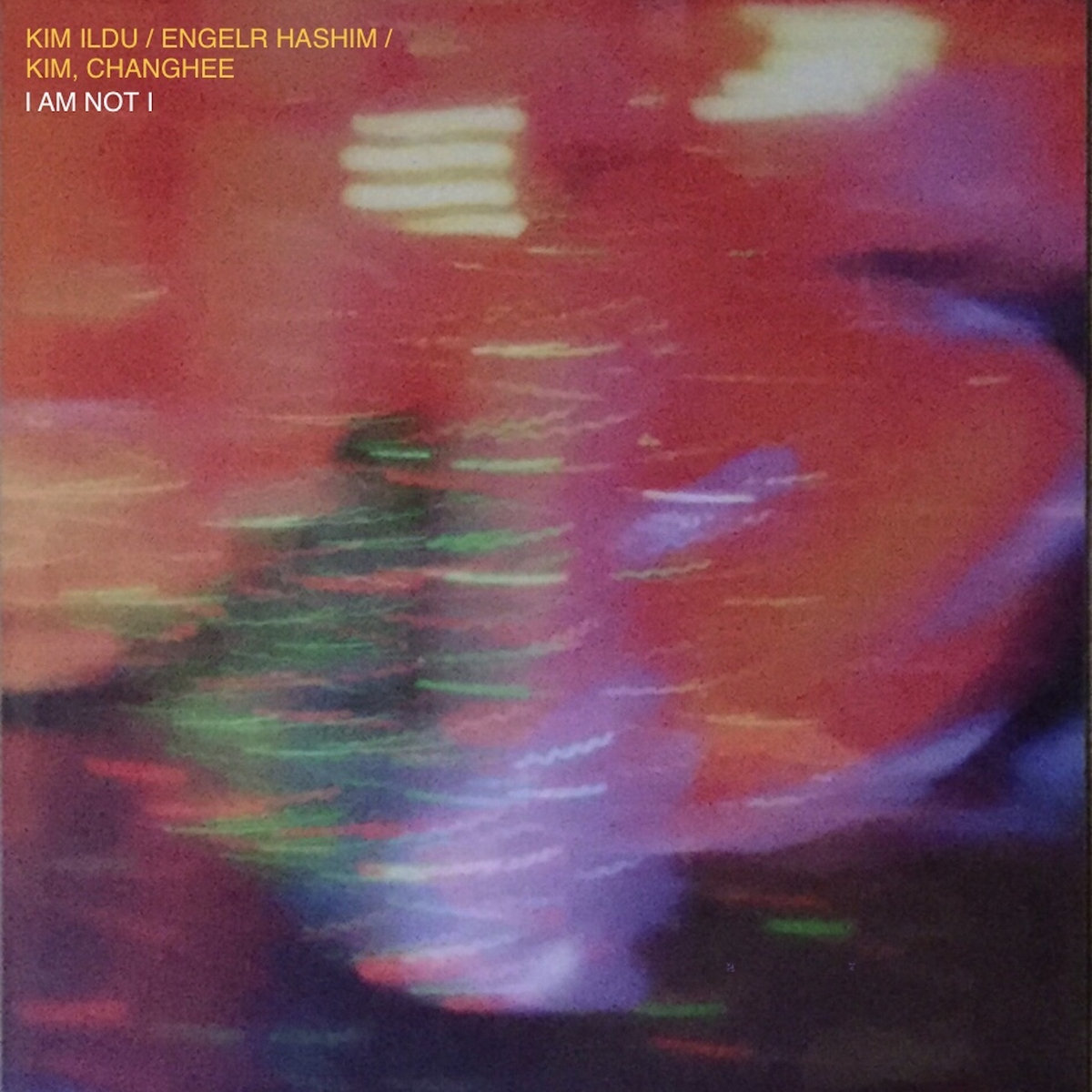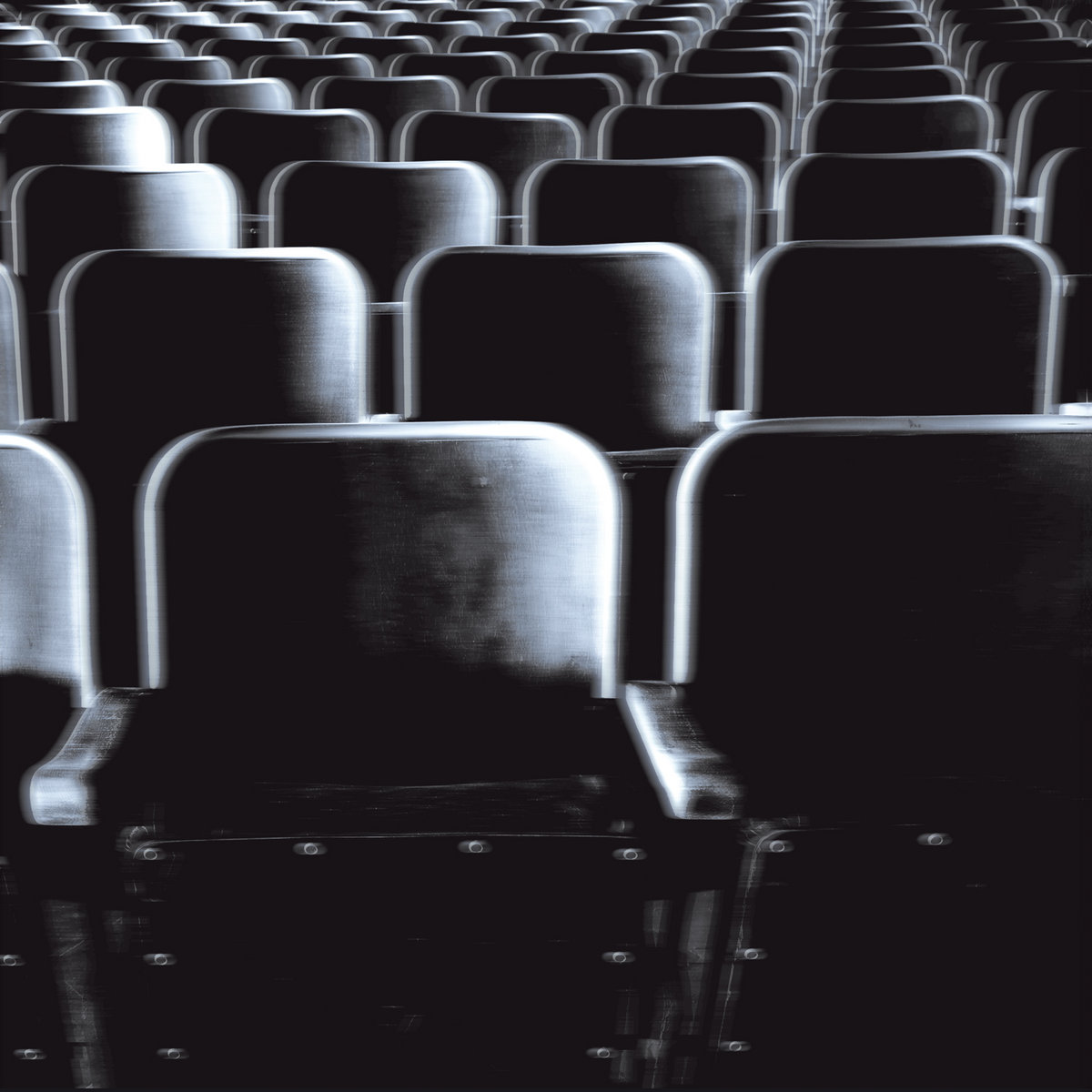



Phonic Cycle~ : Infrathin · Sublime · Simulacra
— 감각의 한계, 붕괴, 반복을 따라가는 청취의 사유
[August 2025]
Phonic Cycle~은 Tilt에서 매월 진행되는 몰입형 청취 프로그램입니다. 특정 음악가, 앨범, 테마를 중심으로 소리의 흐름과 구조를 재편하는 리스닝 큐레이션입니다.
2025년 7월, Tilt는 감각을 주제로 한 세 편의 청취 세션을 선보이며, 감각의 조건과 그 변이를 ‘청취’라는 행위를 중심으로 탐색했습니다. 가장 침투적인 감각인 청각을 통해, 감각의 한계와 조건, 그리고 그 붕괴 이후를 사유하고자 했던 여정이었습니다.
이 3부작은 다음의 질문을 따라 전개되었습니다.
* 감각이 거의 감지되지 않는 경계란 무엇인가?
* 감각은 어떻게 의미 너머로 확장되는가?
* 되풀이되는 감각은 여전히 감각일 수 있는가?
1부. Infrathin Reveries
감각과 부재 사이, 거의 감지되지 않는 미세한 차이.
마르셀 뒤샹 (Marcel Duchamp) 이 말한 ‘인프라신 (Infrathin)’은 존재와 부재 사이, 말로 명명할 수 없는 감각의 간극을 가리킵니다. Tilt는 이 개념을 바탕으로, 감지되기 직전의 감각에 귀 기울이는 청취를 제안했습니다. 이 청취는 불확실성과 직면하며, 감정과 언어가 닿지 않는 지점에 머뭅니다. 음악은 재현의 수단이 아닌, 감각을 구성하는 하나의 조건이 됩니다. 떠난 자의 체온, 문틈의 기류, 언어로는 옮길 수 없는 미묘한 결을 지나쳐온 감각들이 청각을 통해 되살아납니다.
2부. Of the Sublime
감각 너머의 청취, 존재의 수축과 사유의 팽창.
에드먼드 버크 (Edmund Burke) 의 ‘숭고’는 감각이 감당할 수 없는 크기 앞에서 벌어지는 침묵과 마비의 순간이며, 티모시 모튼 (Timothy Morton) 은 이를 하이퍼오브젝트(Hyperobject)라는 21세기의 조건 속에서 다시 읽어냅니다. 이 회차의 청취는 거대한 존재 앞에 선 신체의 반응이자, 청각을 통한 존재의 사유였습니다. 무력한 진동, 구조의 붕괴, 반복 속의 침묵은 음악을 단순한 청각 정보가 아닌, 감응의 공간으로 이끕니다. 청취는 감정이나 정보의 해석이 아니라, 존재의 결을 따라 발생하는 사유의 행위입니다. 언어 이전의 접촉, 사유 이전의 흔들림 그것이 이 회차에서의 ‘듣는 일’입니다.
3부. Simulacral Feedback
되풀이된 감각에 반응하는 시대의 청취
장 보드리야르 (Jean Baudrillard) 는 현대를 ‘원본 없는 복제의 시대’, 즉 시뮬라크르 (Simulacra)의 세계로 보았습니다. 기호와 이미지가 실재를 대체하며, 감각 역시 더 이상 경험이 아닌 반복되는 패턴으로 작동합니다. 오늘날의 청취는 바로 이 시뮬라크르의 논리 위에서 펼쳐집니다. 감각은 점점 더 ‘새로움’이 아닌, ‘되풀이된 구조’로 움직입니다. 알고리즘과 아카이브 속에서 반복과 참조는 감각 자체의 조건이 되고, 몰입과 위화감은 그 반복의 다른 이름입니다. 특히 해체주의 클럽 사운드는 이러한 경향을 극단까지 밀어붙입니다. 파편화된 리듬, 해체된 감정선, 정의 불가능한 소리의 운동성. 이제 음악은 형식이 아니라, 하나의 작동 조건이며, 청취자는 그 피드백 구조 속에 접속되고 재구성됩니다.
Tilt는 이러한 구조 속에서 청취의 자리를 다시 가늠합니다.
되풀이되는 감각 속에서도,
청취는 여전히 반응할 수 있는가?
청취는 실재의 부재를 넘어,
감각 그 자체로 자각하는 자리로 나아갈 수 있는가?
결론. 감각 이후의 청취
감각은 더 이상 자극의 총합이 아닙니다.
그것은 경계에서 반응하는 존재의 조건이며,
청취는 그 경계에 잠시 머무르는 행위입니다.
이번 8월 Phonic Cycle~의 감각 3부작은 감각의 미세한 입구에서 출발해, 감각 너머의 확장, 그리고 되풀이 속의 작동으로 이어지는 청취의 감각적·존재론적 흐름을 구성합니다.
Tilt는 이 흐름 속에서, 음악이 무엇을 표현하는가가 아니라, 어떻게 작동하는가, 그리고 청취자는 그 작동에 어떻게 반응하는가를 묻습니다.
이제 감각은 하나의 사유적 기획이며, 청취는 그 실천적 방식입니다. 소리는 존재를 깨우는 가장 작은 진동으로, 우리 안에서 조용히 다시 움직입니다.
Phonic Cycle~ is a monthly immersive listening program at Tilt. It is a listening curation that reshapes the flow and structure of sound, centering on a specific musician, album, or theme.
In July 2025, Tilt presented three listening sessions under the theme of "Senses," exploring the conditions of sensation and its variations through the act of "listening." Through hearing, the most pervasive of the senses, it was a journey to contemplate the limits and conditions of the senses, and what lies beyond their collapse.
This trilogy unfolded along the following questions:
- What is the boundary where sensation is barely perceived?
- How does sensation extend beyond meaning?
- Can a recurring sensation still be a sensation?
Part 1: Infrathin Reveries
The subtle, almost imperceptible difference between sensation and its absence.
Coined by Marcel Duchamp, "infrathin" refers to the unnamable gap in sensation between presence and absence. Building on this concept, Tilt proposed a mode of listening that attends to sensation just before it is perceived. This listening confronts uncertainty and dwells at a point untouched by emotion and language. Music becomes not a means of representation, but a condition that constitutes sensation itself. Sensations that have passed through the warmth of a departed body, the draft from a doorjamb, and the subtle textures that language cannot convey are revived through the auditory sense.
Part 2: Of the Sublime
Listening beyond sensation, the contraction of being and the expansion of thought.
Edmund Burke's "sublime" is a moment of silence and paralysis in the face of a magnitude that the senses cannot handle. Timothy Morton reinterprets this in the 21st-century context of the "hyperobject"—objects or systems so vast in time and space, like global warming, that they are difficult to grasp. This session's listening was a bodily response to a colossal presence, a contemplation of existence through the auditory. Powerless vibrations, the collapse of structure, and silence within repetition lead music not to be mere auditory information, but a space of affective response. Listening is not the interpretation of emotion or information, but an act of thought that follows the grain of existence. A pre-linguistic contact, a tremor before thought—that is the "act of listening" in this session.
Part 3: Simulacral Feedback
The listening of an era that responds to repeated sensations.
Jean Baudrillard saw the modern era as a world of "simulacra," an age of copies without an original.Signs and images replace reality, and sensation itself operates no longer as experience but as a repeating pattern. Today's listening unfolds upon this logic of the simulacrum. Sensation moves increasingly not as "newness," but as a "repeated structure." In algorithms and archives, repetition and reference become the very condition of sensation itself, and immersion and alienation are other names for that repetition. Deconstructed club sounds, in particular, push this tendency to its extreme with fragmented rhythms, dismantled emotional arcs, and undefinable sonic movements. Music is now not a form, but an operating condition, and the listener is connected to and reconfigured within its feedback structure.
Within this structure, Tilt re-examines the role of listening.
Even amid recurring sensations,
can listening still be a response?
Can listening move beyond the absence of the real,
to a place of self-awareness as sensation itself?
Conclusion: Listening After Sensation
Sensation is no longer the sum of stimuli.
It is the condition of a being that responds at the boundary,
and listening is the act of lingering for a moment at that boundary.
This August, Phonic Cycle~'s sensory trilogy constitutes a sensual and ontological flow of listening that begins at the subtle entrance of sensation, expands beyond it, and operates within repetition.
Within this flow, Tilt asks not what music represents, but how it operates, and how the listener responds to that operation.
Sensation is now a speculative project, and listening is its practical method. Sound, as the smallest vibration that awakens existence, quietly moves again within us.
'PHONIC CYCLE~' 카테고리의 다른 글
| Infrathin · Sublime · Simulacra : Chra – on a fateful morning [2017] (2) | 2025.08.06 |
|---|---|
| Infrathin · Sublime · Simulacra : Pita - Get In [2016] (2) | 2025.08.06 |
| PHONIC CYCLE~ : UNMAPPED RHYTHMS #1-25 [EN] (1) | 2025.06.15 |
| PHONIC CYCLE~ : UNMAPPED RHYTHMS #1-25 [KR] (7) | 2025.06.10 |
| UNMAPPED RHYTHMS #25 Nicola Ratti - Pressure Loss [2016] (0) | 2025.06.08 |













